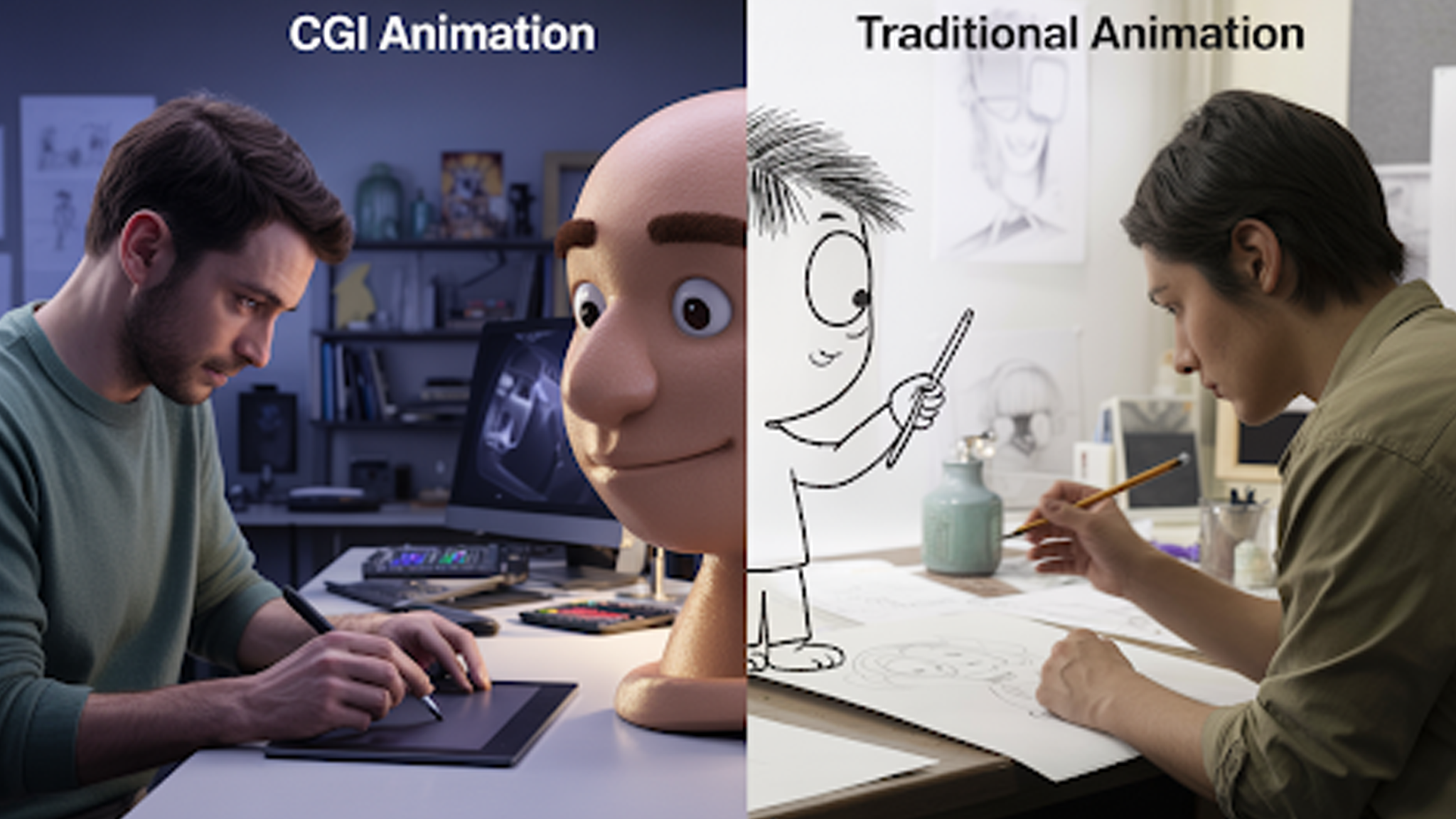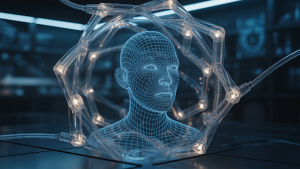Animation is no longer limited to cartoons on TV. It is now a tool for business, education, and entertainment. Two methods dominate this space: CGI animation and traditional animation. Both have strengths, but they are different in process and output.
Conventional or traditional animation is based on hand drawings in different frames. CGI animation uses computers and software to build and move digital models. Although these methods are very different, consideration needs to be taken when deciding which animation method to use.
CGI is the preferred choice by most businesses because of its flexibility and scalability. That is why many companies use 3D animation services for their marketing and training needs.
What Traditional Animation Means
Traditional animation is the older technique. Every frame is drawn by hand, and when those drawings are played in sequence, they create motion. This method has been used in classics like early Disney films.
There can be hundreds or thousands of images for a couple of minutes’ worth of animation. Animators have to keep the style and the movement of each character consistent across the frames. This is what makes animation so costly and time-consuming.
Regardless of the labor, there is a special appreciation for the value of traditional animation. The handmade quality provides a sense of authenticity and timelessness. Many small independent companies still use it for this reason.
What CGI Animation Means
CGI animation stands for computer-generated imagery. It replaces the hand-drawn process with digital modeling. Everything from characters to environments is created in 3D software.
Once the models are built, animators can move them with precision. The advantage is efficiency, since animators can focus on creativity and storytelling rather than redrawing every single motion. Instead of drawing each frame, the software calculates the movements. This saves time and allows changes without starting over.
CGI is now the standard in films, games, advertising, and even healthcare training. It provides visuals that are lifelike and scalable across multiple formats.
How Does CGI Work
The answer lies in the following structured steps.
- Animators use computer programs that turn data into visuals. First, they create 3D models.
- Then, textures are added to make surfaces look real.
- Rigging gives those models a skeleton so they can move.
- Animators then set the movement and timing.
- Lighting creates mood and depth.
- Finally, rendering processes all the information into video frames.
This workflow creates consistent, reusable assets. Unlike traditional animation, you do not need to redraw anything. You can adjust or update scenes with less effort.
The CGI Animation Process
The CGI animation process includes stages that build on one another. Each stage is important for the final output.
- Concept and Storyboarding: The idea and script are planned in visual form. Storyboards show how scenes will progress.
- Modeling: This step involves creating shapes. Characters, props, and environments are built in 3D.
- Texturing: To make the models look real or natural, details are added with materials like wood, fabric, or skin.
- Rigging: Skeletons are added so characters can move and bend.
- Animation: Actions, gestures, and interactions are created. Scenes start becoming alive here.
- Lighting: Lights are placed to create a mood and realism.
- Rendering: All data is processed into final frames.
This process may sound complex, but software handles the calculations. The human role is to design and direct.
How to Make CGI Animation
A common search is how to make CGI animation. The answer depends on goals and skills. If you want to start, follow a sequence.
- Select software like Blender or Maya.
- Begin with small projects.
- Focus on mastering one step at a time: modeling, texturing, then animation.
- Use online resources for learning.
- Build a strong computer system for rendering.
The process requires patience, but once you crack the basics, everything speeds up. And, if it still feels tricky, then team up with AnimatedVideos.co. Our CGI wizards can turn your static ideas into eye-popping ads that look good and boost your ROI.
Direct Comparison: CGI vs Traditional Animation
| Factor | CGI Animation | Traditional Animation |
| Process | Built digitally with 3D models and software | Hand-drawn frame by frame |
| Time | Faster once assets are created | Slower due to manual drawing |
| Edits | Easy to update or reuse assets | Hard to change without redrawing |
| Cost | Scales better for large projects | Labor-intensive, more costly over time |
| Style | Realistic, detailed, flexible | Artistic, expressive, handcrafted |
| Use Cases | Films, ads, games, business videos, healthcare | Cartoons, indie films, artistic projects |
Where CGI Outperforms Traditional Animation
CGI has clear advantages over traditional methods.
- Faster revisions. Models and assets can be reused.
- Realism that hand drawings cannot match.
- Lower cost for long-term or large projects.
- More flexibility for industries like marketing and healthcare.
- Scalability for multiple platforms, from social media to film.
Traditional animation is slower and harder to edit. CGI gives businesses and studios more freedom to adapt.
Where Traditional Animation Still Matters
Traditional animation has not disappeared. It still works well when style and artistry are more important than realism.
Hand-drawn animation feels authentic. It connects emotionally with audiences who value craft. Independent films and creative projects often choose this method. It is less about speed and more about artistry.
Why Businesses Rely on CGI
Companies prefer CGI because it explains products and services clearly. A well-made animation can show details that photos or text cannot.
For example, product explainer videos built with CGI can highlight features in action. This creates understanding and builds trust with customers. Businesses can also reuse the same assets for different campaigns.
FAQs
Difference between CGI and traditional animation?
CGI is built digitally with software. Traditional animation is drawn by hand.
Does traditional animation still work in modern media?
Yes. Traditional animation is still in use in artistic films where handmade aesthetics add authenticity
How does the CGI process save time?
It allows the reuse of assets and quick updates instead of redrawing frames.
Why work with experts instead of doing it yourself?
Professionals save you time and produce higher quality. Animatedvideos.co is trusted by brands that need clear and engaging animation.
Can beginners try CGI at home?
Yes. Free tools like Blender let you start with small projects and learn step by step.
Does CGI cost more than traditional animation?
Large CGI projects can be expensive, but they scale better. Hand-drawn work takes more labor over time.
Where is CGI most used?
CGi is most used in Films, games, advertising, education, and business marketing.
Who usually creates CGI animations for businesses?
Many studios and freelancers work in this field, but companies often prefer experienced teams. Animatedvideos.co is one option businesses trust for professional CGI animation that fits commercial needs.
How long does a CGI animation project take?
Simple projects may be ready in weeks. Larger projects with detailed characters, effects, and environments may take several months. The timeline depends on the scope and revisions.
Conclusion
CGI animation and traditional animation are different tools for different goals. One is digital and fast. The other is handmade and artistic. Both have a place, but CGI dominates where realism, scale, and efficiency are needed.
At Animatedvideos.co, we believe animation should create impact, not just visuals. Our work focuses on clarity, storytelling, and results. From marketing to training, we provide high-quality CGI animation, including video animation, video Ads, and 3D animation. Helping brands communicate with confidence.




